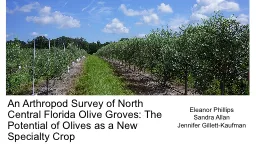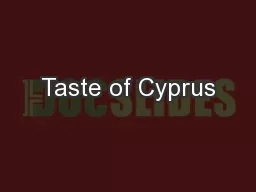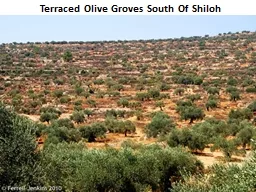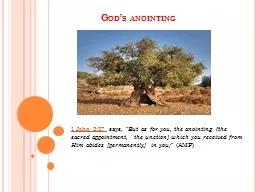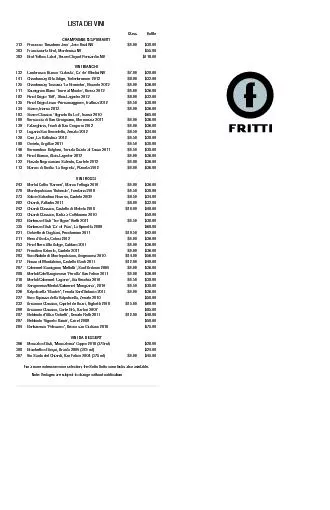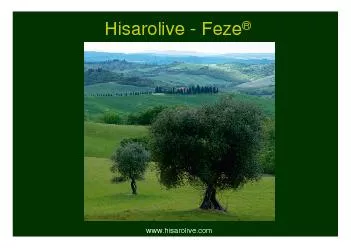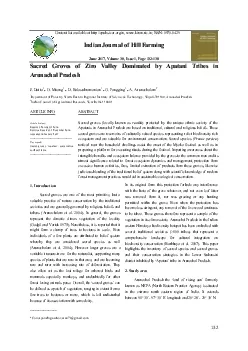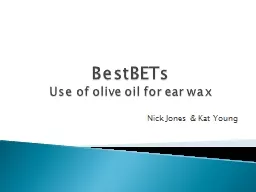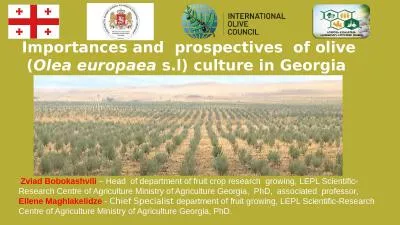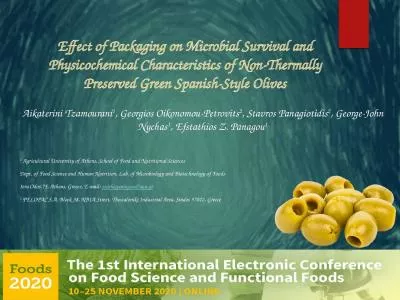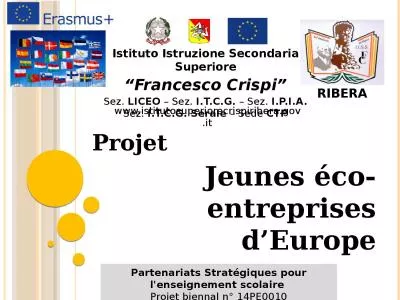PPT-An Arthropod Survey of North Central Florida Olive Groves: The Potential of Olives as
Author : southan | Published Date : 2020-08-07
Eleanor Phillips Sandra Allan Jennifer GillettKaufman Olivesin Florida Grown in Florida for 100 years as ornamentals small plantings 8090 Arbequina cultivar Primarily
Presentation Embed Code
Download Presentation
Download Presentation The PPT/PDF document "An Arthropod Survey of North Central Fl..." is the property of its rightful owner. Permission is granted to download and print the materials on this website for personal, non-commercial use only, and to display it on your personal computer provided you do not modify the materials and that you retain all copyright notices contained in the materials. By downloading content from our website, you accept the terms of this agreement.
An Arthropod Survey of North Central Florida Olive Groves: The Potential of Olives as: Transcript
Download Rules Of Document
"An Arthropod Survey of North Central Florida Olive Groves: The Potential of Olives as"The content belongs to its owner. You may download and print it for personal use, without modification, and keep all copyright notices. By downloading, you agree to these terms.
Related Documents

